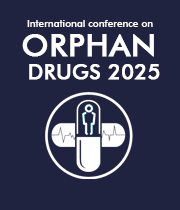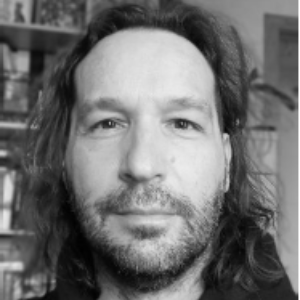Title : Blockers of ?2-adrenergic receptors reduce inflammation and oxidative stress in von Hippel-Lindau rare tumor
Abstract:
Lack of expression or the inefficient function of the VHL protein raises the rare inherited cancer von Hippel-Lindau (VHL). This multi-systemic rare disease affects mainly CNS and retina (hemangioblastomas, HBs), pancreas, and kidneys (cysts and clear cell renal cell carcinomas, ccRCC). The constitutive pseudo-hypoxic state in which the mutated cells subsist is triggered by the accumulation of HIFs.
Since standard therapies have shown limited response, remaining surgery as the only possible treatment, the use of β2-adrenergic receptor (ADRB2) antagonists, such as propranolol or ICI-118,551, have also shown antitumor therapeutic benefits in a clinical trial and a retrospective analysis of patients by decreasing HIFs nucleation and downstream target gene activation.
HIF promotes glycolytic and inflammatory pathways; therefore, we addressed the effects of propranolol and ICI-118,551 on: (i) changes in the inflammatory response of ccRCC cells; and (ii) modulation on the Warburg effect (glycolytic metabolism), specifically, on the expression of genes involved in the balance and levels of cellular reactive oxygen species (ROS). Accordingly, in vitro studies were performed using primary VHL-ccRCC and 786-O cells, measuring ROS levels, expression of detoxifying enzymes, and expression of p65/NF-κB targets, by RT-PCR. Furthermore, histological analyses of ccRCC samples, from heterotopic mouse xenografts, were performed.
The results obtained show that the blockade of ADRB2 in ccRCC cells reduces oxidative stress levels and stabilizes the inflammatory response. Therefore, these data further support the idea of targeting ADRB2 as a promising strategy for the treatment of VHL and other non-VHL tumors.
Audience Take Away Notes:
- Explain how the audience will be able to use what they learn? A new application of a beta-blocker to reduce inflammation and, therefore, normalize the cellular homeostasis
- How will this help the audience in their job? Can serve as an example of thinking a different way to reach the point (therapy)
- Is this research that other faculty could use to expand their research or teaching? Obviously, it’s an example of drug repurposing and direct application to a rare disease


